It’s important to remember that the lenses you buy should complement your style of photography. If you like to change lenses often then prime lenses may be the best option for you. If you travel a lot or live in dry dusty places then you may prefer a high quality zoom. Either way the lenses below are your best option in the Micro Four Thirds Format (without using an adapter).
Dream Team
Super Wide Angle
There are two separate lenses in this category. The Panasonic is the better of the two if you use a Panasonic camera but the Olympus is the lens of choice if you use Olympus and this is due to the issues the Panasonic lens has when shooting into bright light sources while the lens is mounted to a Olympus body. Therefore the Olympus Olympus M ED 9-18mm f/4.0-5.6 is the best native micro four thirds lens available.
Zoom or Prime Lens?
The Olympus 12mm f/2.0 is a great lens, you can read my review here, but for $750 it’s not going to make it onto the dream team (if you prefer prime lenses then this is a must have lens). You can pick up the Panasonic 12-35mm f/2.8 for $1,000 and it will eat the Oly 12mm’s lunch, you can read my review of it here. The image quality is superb with the added benefit of the versatility of being a zoom lens. The 12-35mm lens from Panasonic is also dust and weather proof which is paramount.
Wide Angle
Panasonic 12-35mm/F2.8 ASPH X Series Lens
Read the review here, this lens makes the Olympus 12-50mm (the kit lens for the OMD EM5) look terrible. I understand some people like the 12-50mm’s ability to handle macro photography to a small degree (it’s not great) but if your lens can do a little of everything there is a minute chance it will be excellent at anything.
Olympus M Zuiko Digital ED 12-40mm f/2.8 Pro Interchangeable Lens
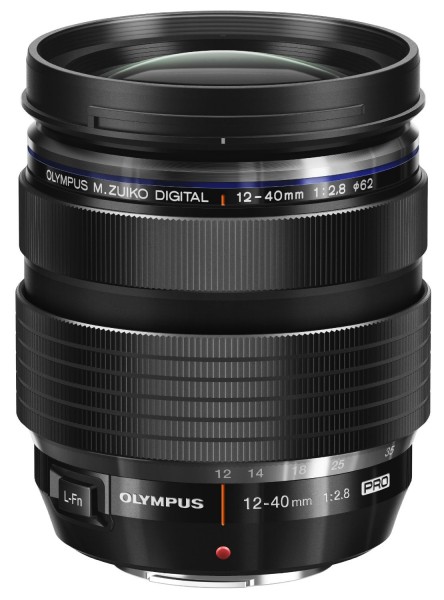 The Olympus 12-40mm “Pro” lens is a great lens as well. The lens is comparable to the Panasonic lens above. The image quality is superb and the difference between the two would be all but impossible to discern without looking on a pixel level. The big difference is that the Olympus lens does not have built in image stabilization like the Panasonic lens. I would choose the Olympus if you’re using an Olympus camera with in body image stabilization and the Panasonic for any camera without built in image stabilization.
The Olympus 12-40mm “Pro” lens is a great lens as well. The lens is comparable to the Panasonic lens above. The image quality is superb and the difference between the two would be all but impossible to discern without looking on a pixel level. The big difference is that the Olympus lens does not have built in image stabilization like the Panasonic lens. I would choose the Olympus if you’re using an Olympus camera with in body image stabilization and the Panasonic for any camera without built in image stabilization.
Medium Zoom Lens (Updated)
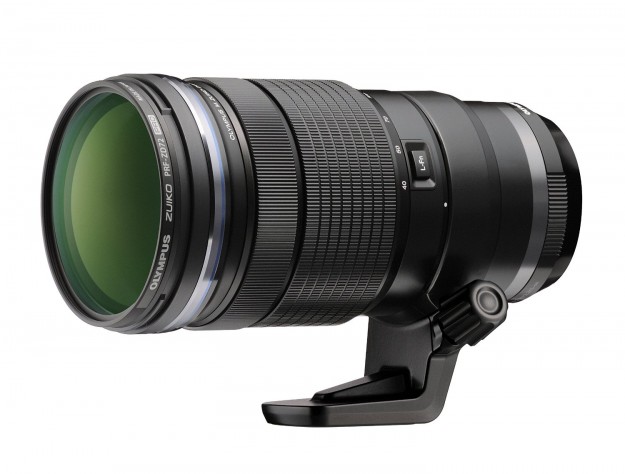 The Olympus M 40-150mm f/2.8
The Olympus M 40-150mm f/2.8 is one of the best medium to long zoom lenses on the market. Period. For any camera manufacturer. With the in camera image stabilization of the Olympus bodies this lens is tack sharp. If you are using a Panasonic body you may want to opt for the 35-100 with built-in lens stabilization below.
If you’re noticing a trend here it’s because Panasonic makes the best zoom lenses and Olympus makes the best primes. The Panasonic 35-100mm f/2.8 is a superb lens that will give you professional quality (when used correctly). You can read my review of this lens here. The lens has a constant aperture (meaning you can zoom all the way to 100mm and still retain a wide aperture at f/2.8.
Another benefit of the Pana zooms is that they zoom internally as opposed to Oly’s lenses that extend outwards as you zoom.

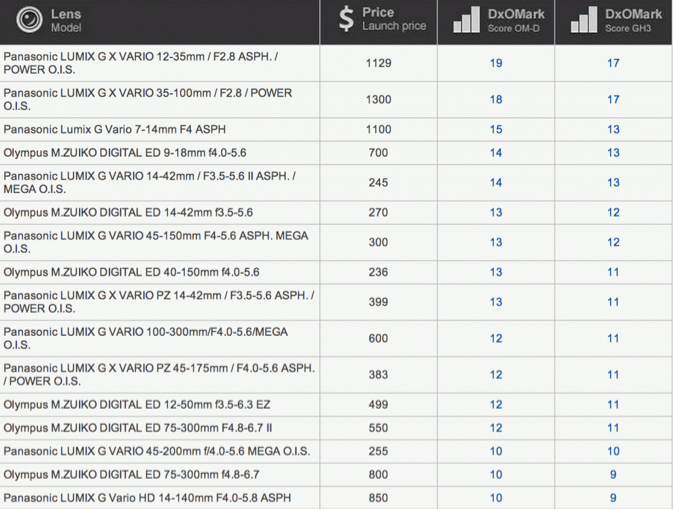
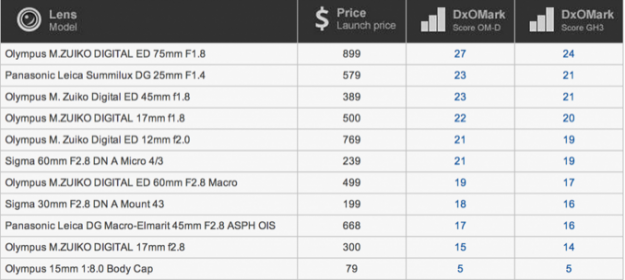
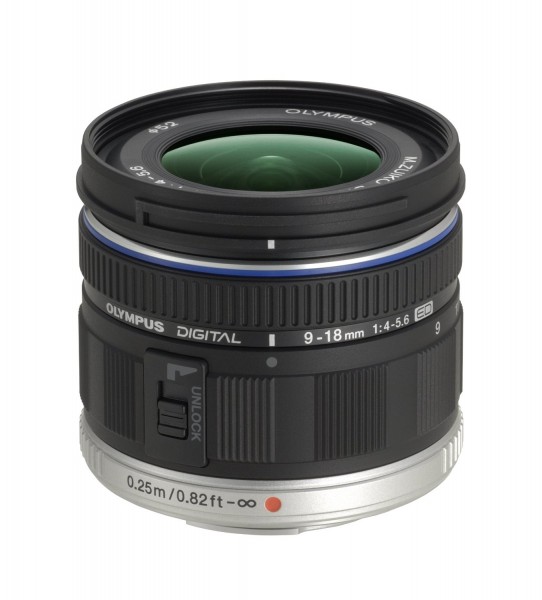
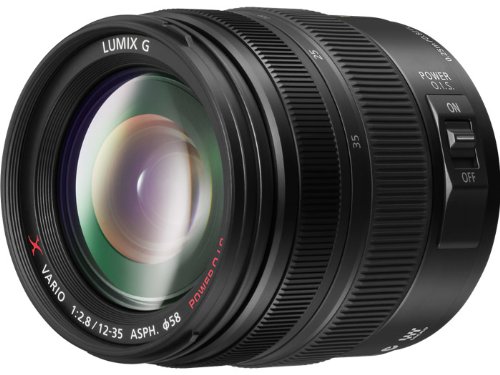
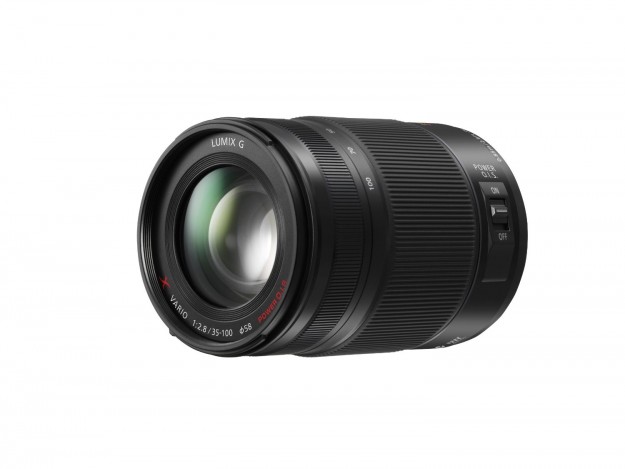



best WA Panasonic 7-14mm
best standard – Nokton 25mm
best zoom Olympus 12-40mm